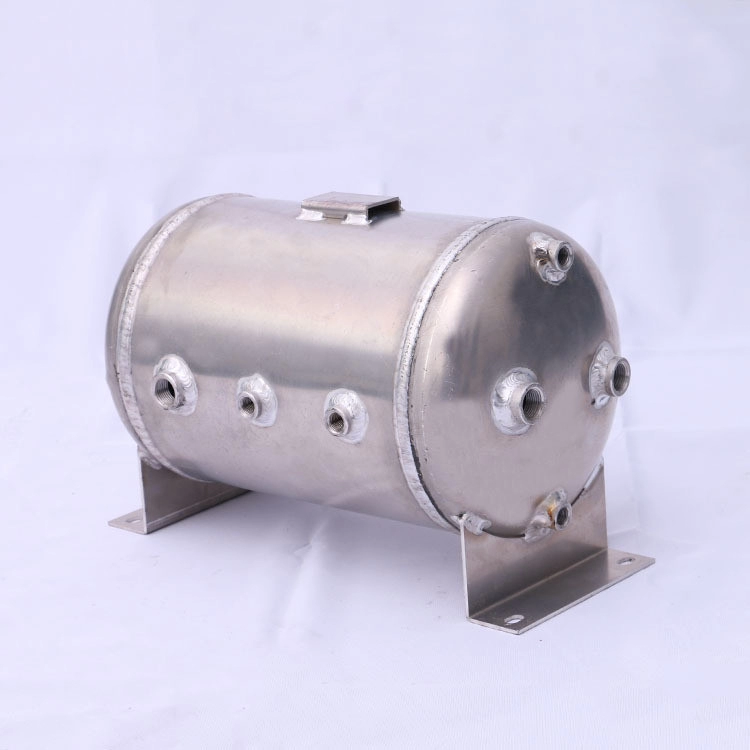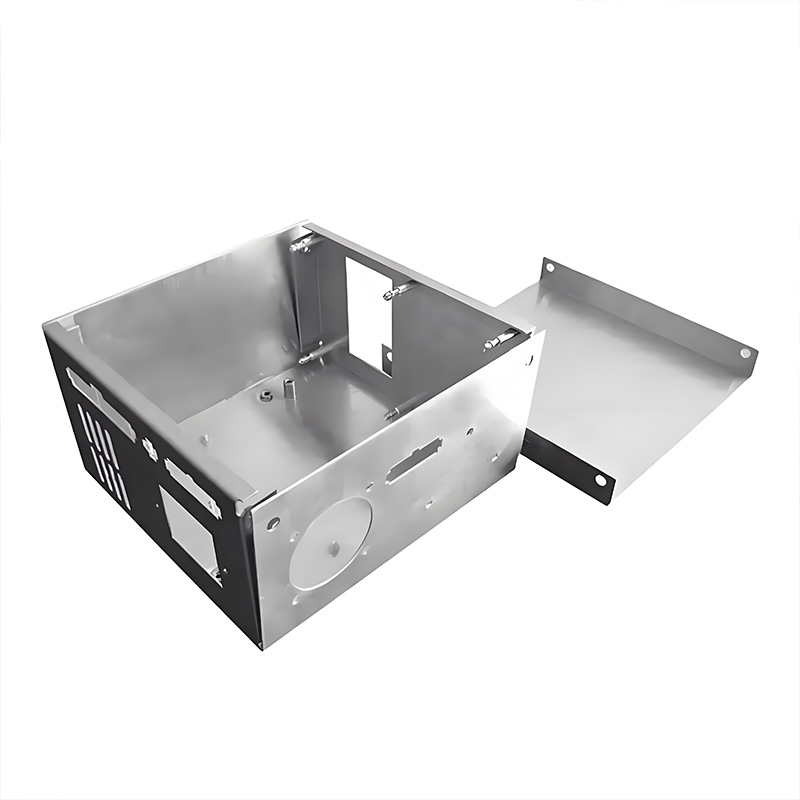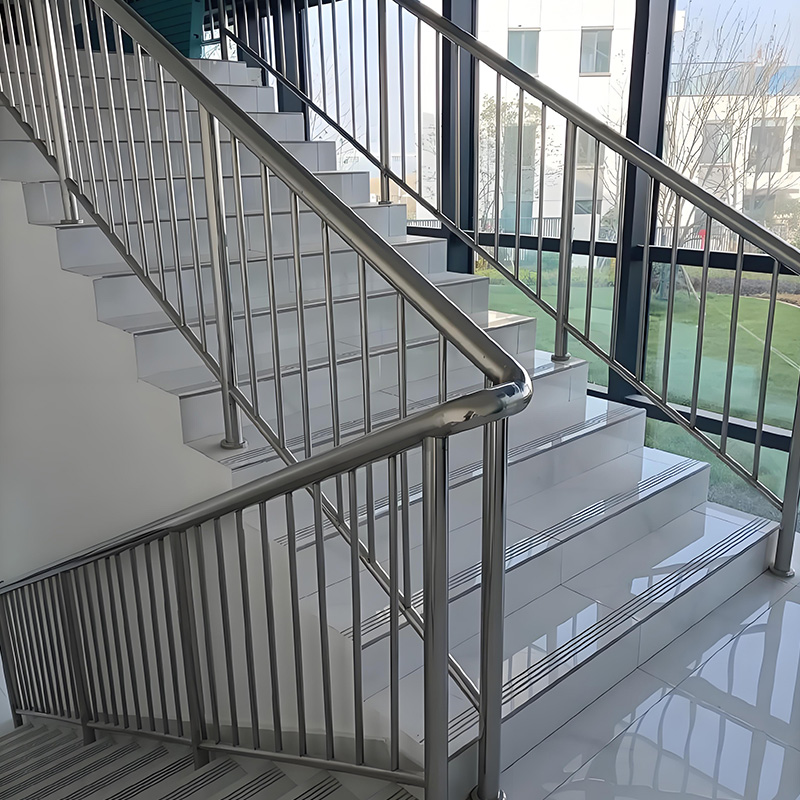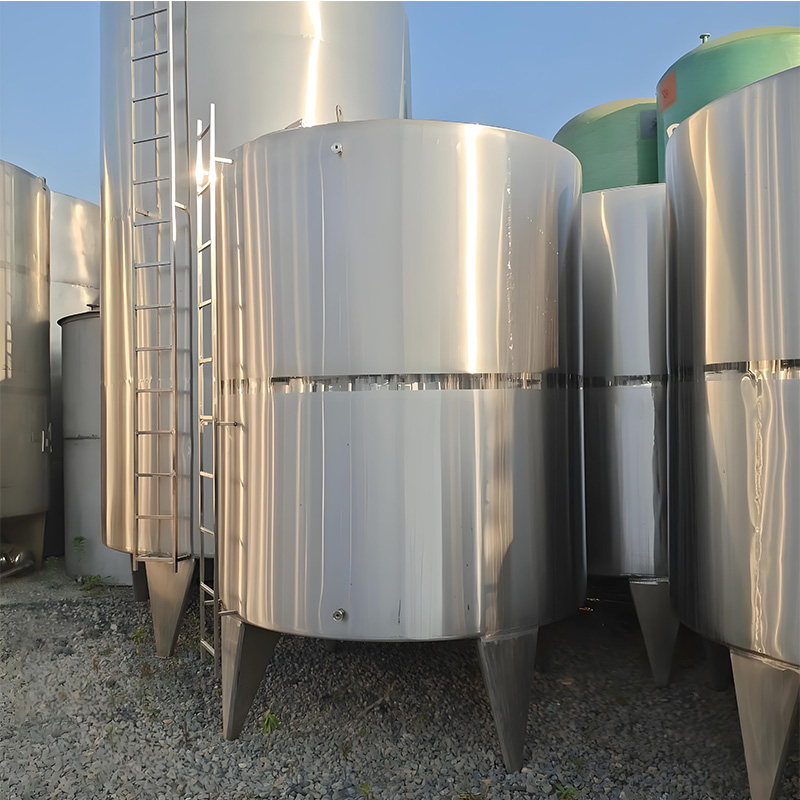4 Secret Fixes for Stainless Steel Storage Tank Leaks

Why Your “Unbreakable” Tank Springs Leaks
Stainless steel tanks fail for predictable reasons. Weld defects top the list—especially when initial welding used insufficient filler material or incorrect settings. One fabricator admitted: “I hadn’t been using any filler and it went ok ¾ of the time… but then holes appeared” :cite[1]. Environmental factors accelerate damage. Chlorides in cleaning agents or stored liquids trigger pitting corrosion. Thermal stress from repeated heating cycles fatigues metal. Even vibration from nearby equipment can weaken joints over time.
Secret Fix #1: Cold Welding for Pinpoint Leaks
For pinholes under 1.2mm diameter, specialized welding avoids draining the tank. Pro tip: Use 0.035″ MIG wire instead of standard TIG filler—it prevents puddle chilling at low amps :cite[1].
Step-by-Step:
- Clean the area with stainless wire brush (dedicated to stainless only)
- Set TIG machine to 35-50A without pulse
- Angle torch 15° away from leak
- Feed 308L MIG wire into leading edge of puddle
- Build overlapping “stacked dimes” over the hole
We used this on a 40-cubic food-grade tank in 2025. The client avoided $18K in product loss and downtime.
Secret Fix #2: Epoxy-Resin Sealing Liners
When welding isn’t feasible—like in thin-gauge tanks or chemical corrosion zones—epoxy barriers save the day. These NSF-certified coatings adhere permanently to stainless steel.
| Product Type | Best For | Temperature Limit | Cure Time |
|---|---|---|---|
| Potable Water Epoxy | Food/Beverage Tanks | 190°F (88°C) | 24 hours |
| Chemical-Resistant Epoxy | Acid/Alkaline Storage | 300°F (149°C) | 48 hours |
Note: Surface prep is non-negotiable. Abrasion blasting to SA 2.5 standard is mandatory.
Secret Fix #3: Mechanical Clamping Systems
For emergency leaks under pressure, bolt-on clamps provide instant seals. Modern kits include:
- Stainless steel compression plates
- Food-grade EPDM gaskets
- Vibration-resistant bolts
One ethanol plant contained a 5GPM leak using a clamp for 14 months until scheduled shutdown. Key advantage: Zero curing/drying time.
Secret Fix #4: Passivation Revival
Surprisingly, 30% of leaks stem from corrosion where the passive layer was compromised. Acid cleaning restores chromium oxide protection.
Passivation Process:
- Circulate citric acid solution (4-10%) at 140°F (60°C) :cite[3]
- Flush with deionized water
- Air-dry completely
- Test with ferroxyl indicator for passivation success
Post-treatment, one pharmaceutical tank’s corrosion rate dropped by 90% :cite[5].
Maintenance Mistakes Accelerating Leaks
WARNING: Avoid these common errors with your stainless steel storage tank:
- Using chlorine-based cleaners – Converts stainless into “active” corrosion state
- Ignoring minor creep corrosion – A 1mm pit can penetrate 0.5mm/year in aggressive chemicals
- Dry-running CIP nozzles – Causes 400°F+ localized overheating
- Scratching with carbon steel tools – Embeds iron particles that rust
Stick to neutral pH cleaners and dedicated stainless brushes. Your stainless steel storage tank will last decades.
Prevention Checklist
Monthly Stainless Steel Storage Tank Integrity Check:
- ✅ Inspect welds under UV light (dye penetrant test)
- ✅ Verify CIP fluid concentration ≤5% NaOH :cite[3]
- ✅ Check for chloride sources (water, cleaners, process fluids)
- ✅ Document wall thickness with ultrasonic tester
- ✅ Confirm support foundations are stress-free
FAQs: Stainless Tank Leak Solutions
Can JB Weld fix stainless tank leaks?
Temporarily—but it fails under thermal cycling. One farmer reported: “We tried JB water weld… they hold till the tank is full and come off” :cite[6]. Use only epoxy rated for thermal expansion ≥15×10⁻6 in/in°F.
Does thicker gauge stainless prevent leaks?
Not necessarily. Material choice matters more. Ferritic stainless (like 18Cr-2Mo) resists chloride cracking better than 304SS in hot water tanks :cite[2].
How often should tanks be inspected?
External: Monthly. Internal: Annually. Follow EEMUA 159 checklist for critical stainless steel storage tanks :cite[10].
Conclusion: Choose Your Fix Wisely
Patching a stainless steel storage tank isn’t one-size-fits-all. Match the solution to your leak type, contents, and operational demands. For critical applications, consult specialists like those at CNC Machining Pros to ensure compliance and safety. Remember: Prevention beats repair—schedule passivation annually!









